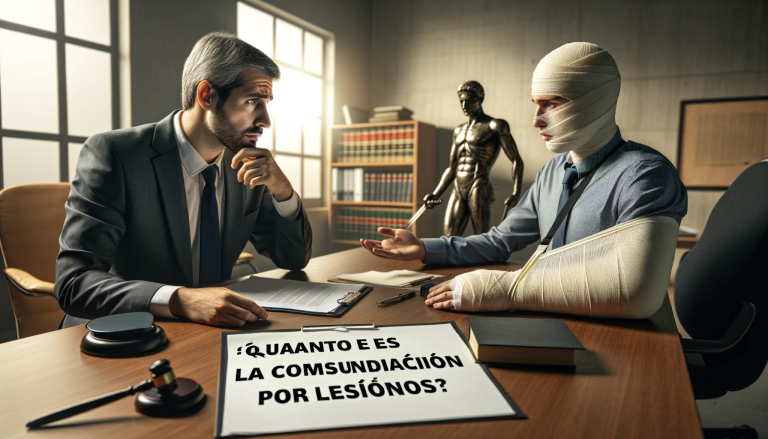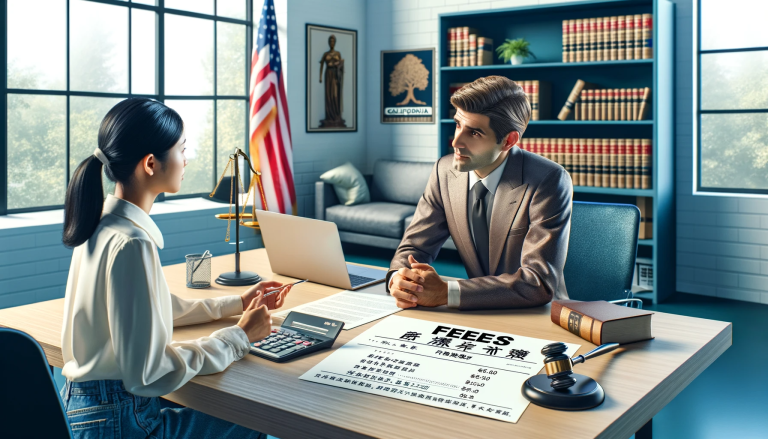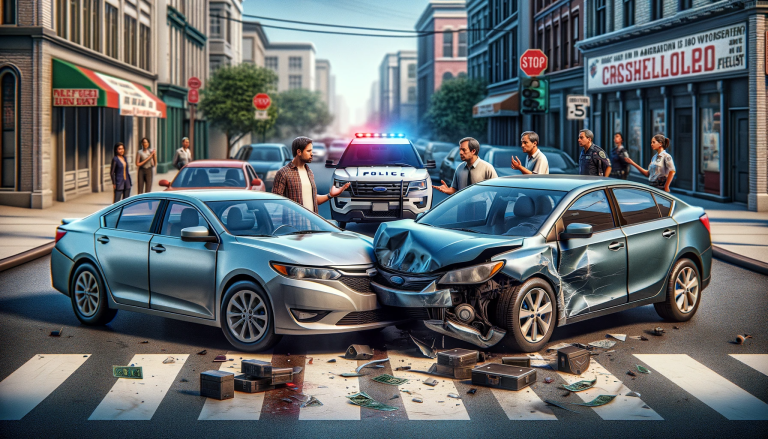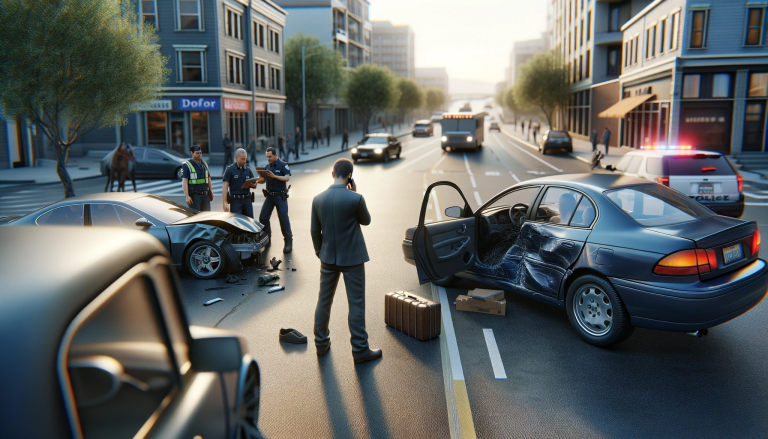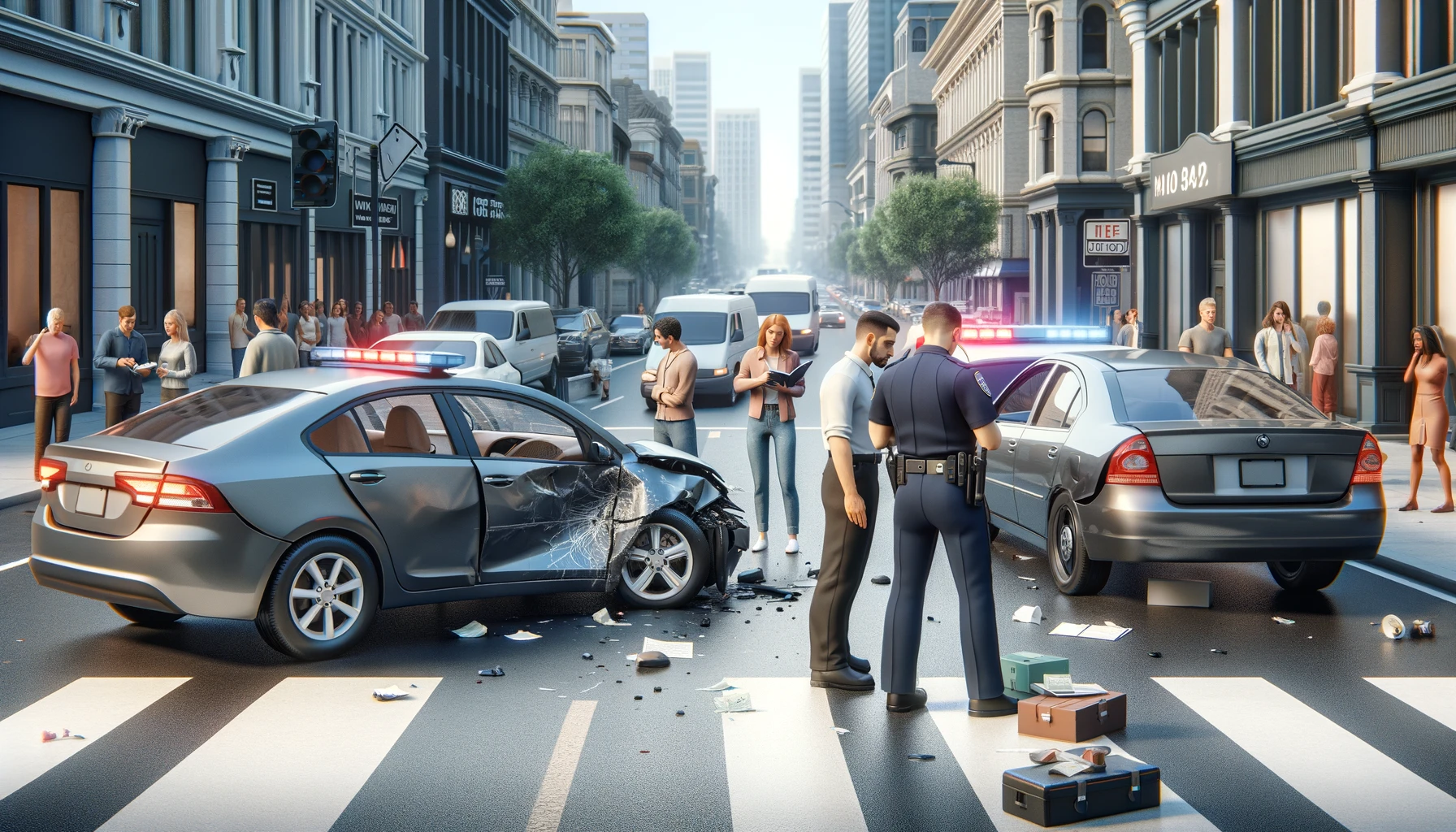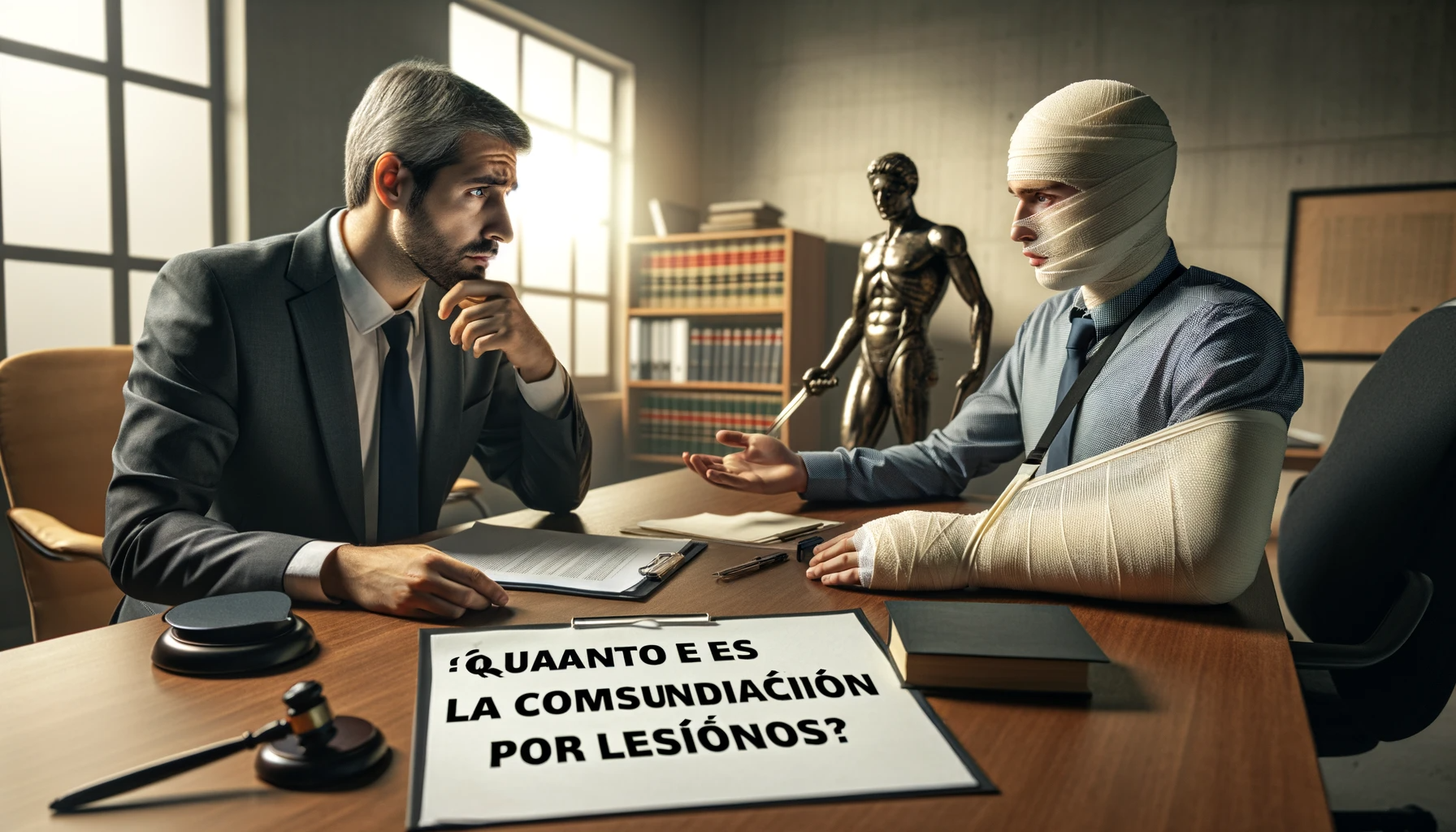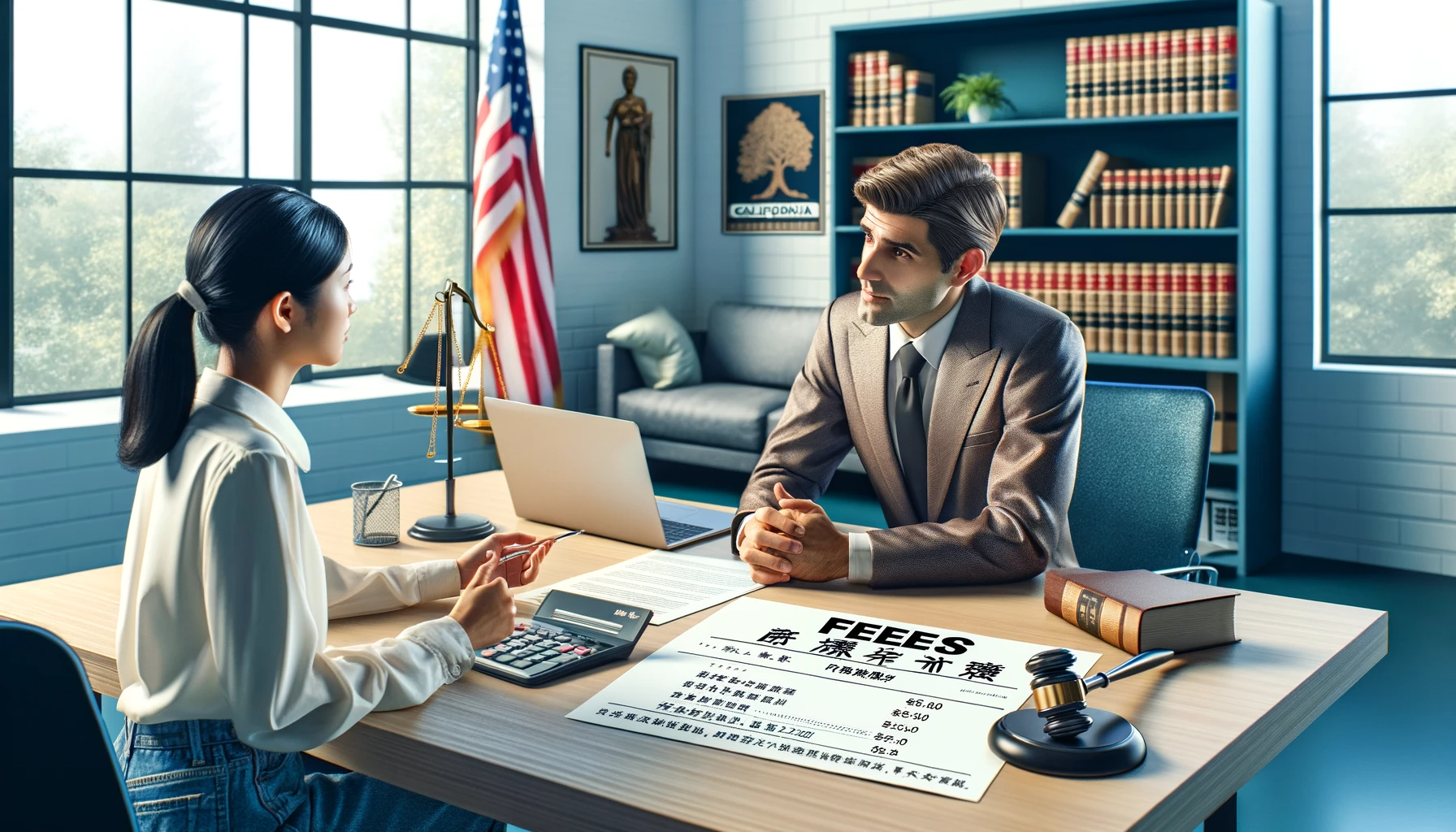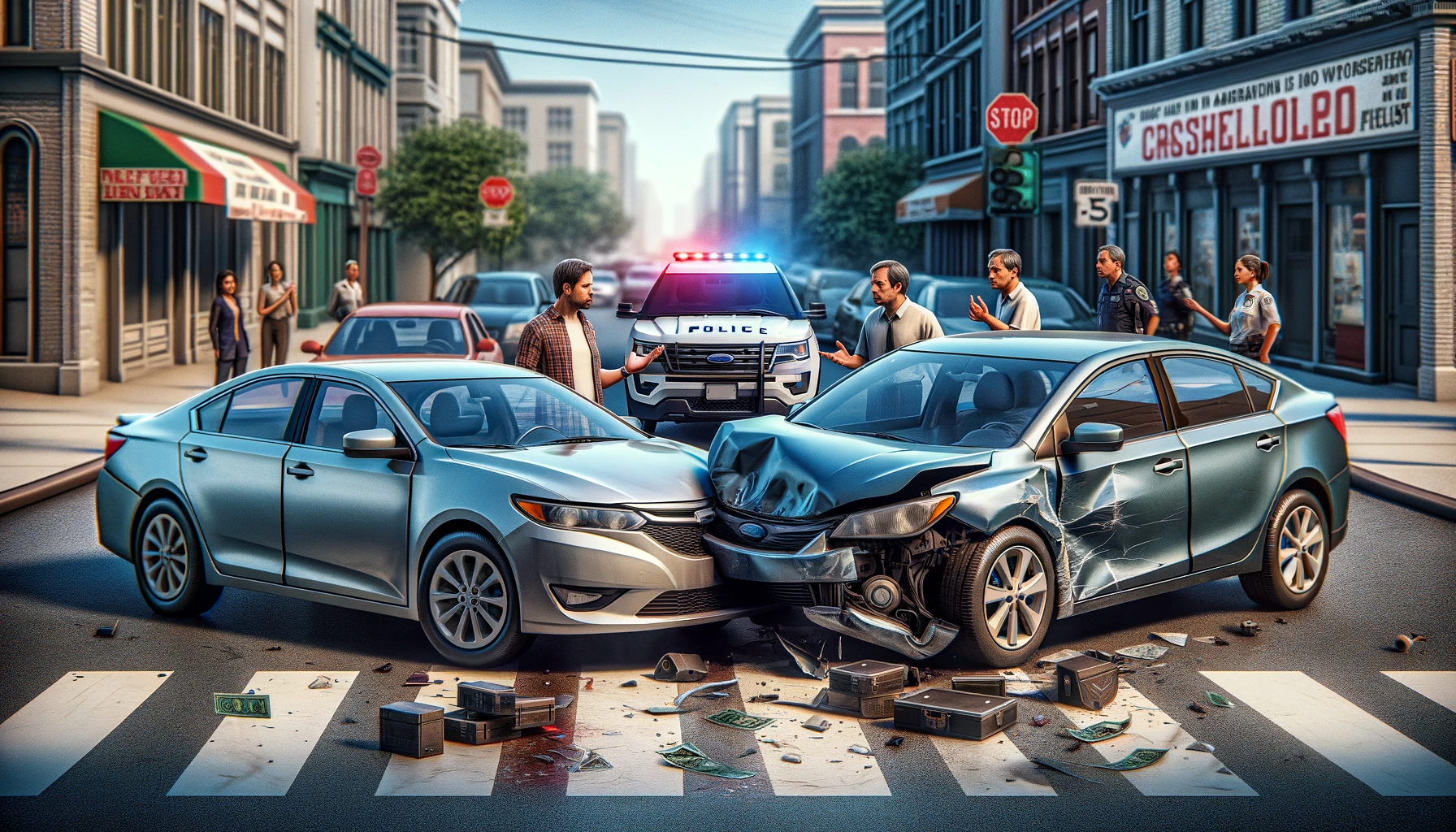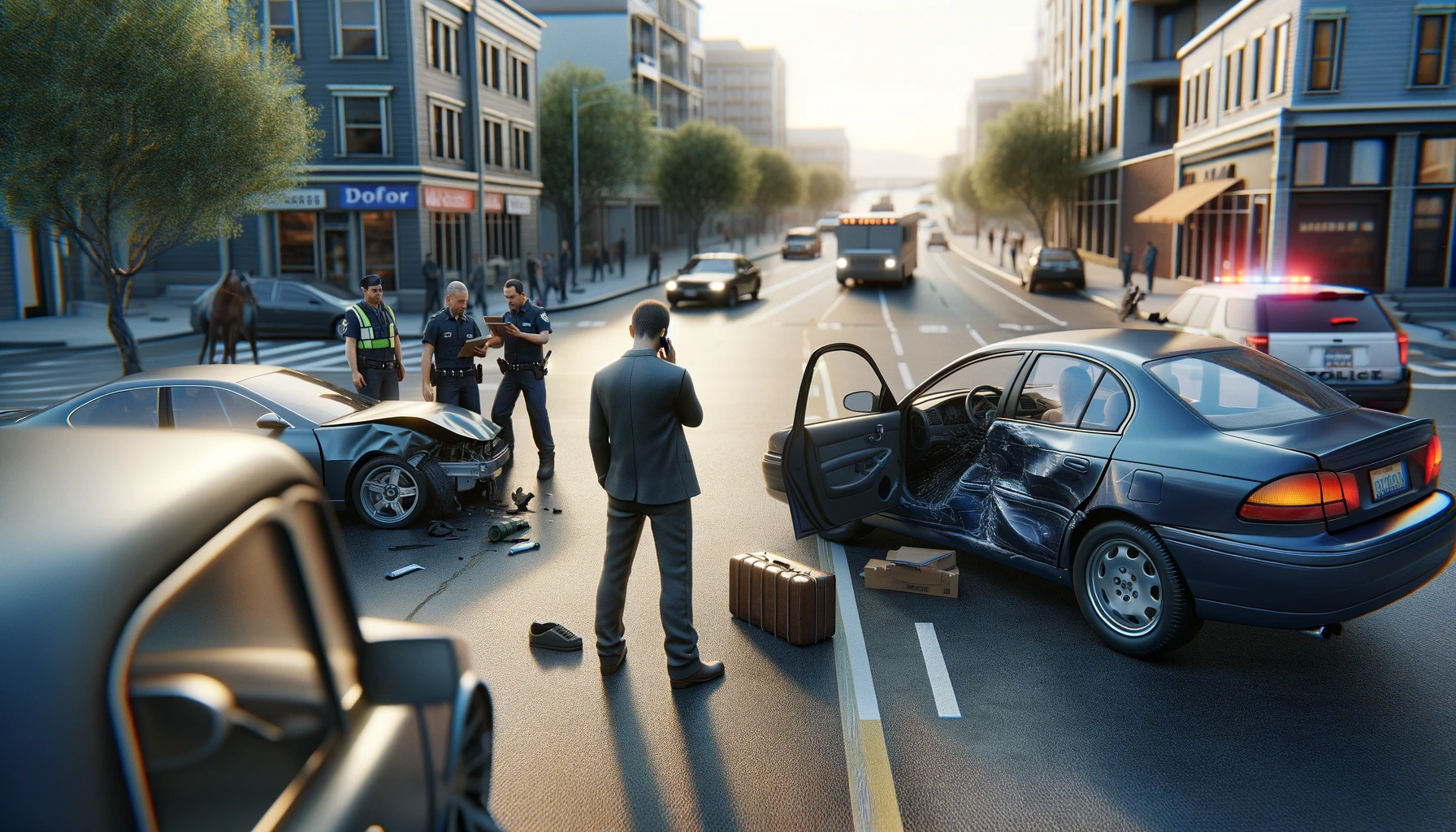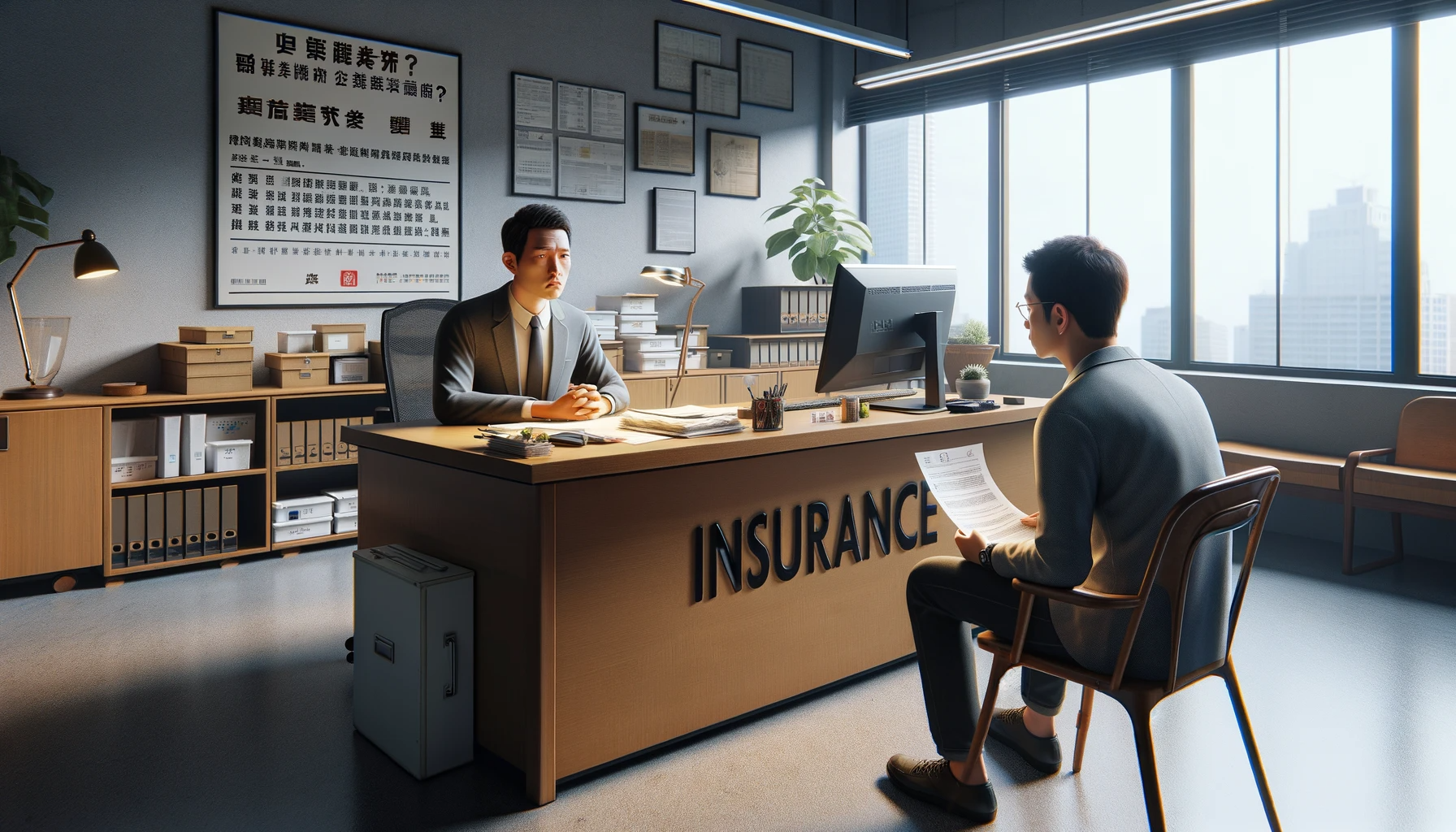Introduction
Auto accidents involving pedestrians at crosswalks or pedestrian crossings are unfortunately common and often result in severe injuries or fatalities. When such incidents occur, the legal ramifications can be overwhelming for all parties involved. Determining liability and navigating the complex legal landscape becomes crucial for obtaining the compensation that injured pedestrians are entitled to. This comprehensive guide will outline the legal resources available, the steps to take after an accident, and how a
personal injury lawyer can help victims secure the compensation they deserve.
The Importance of Legal Guidance in Auto-Pedestrian Accidents
Why Legal Support is Essential After an Auto Accident at a Pedestrian Crossing
Auto accidents at pedestrian crossings typically lead to serious injuries because pedestrians have little to no physical protection against moving vehicles. This makes legal support crucial, as these cases often involve multiple contributing factors such as traffic laws, driver and pedestrian negligence, and insurance company tactics designed to minimize payouts. Understanding your rights and the legal options available is the first step to safeguarding your interests and ensuring that justice is served.
Understanding the Common Causes of Auto Accidents Involving Pedestrians
Many auto-pedestrian
accidents occur due to driver negligence, such as distracted driving, speeding, or failure to yield the right of way. However, in some cases, the pedestrian might share partial responsibility by not using designated crossings or by crossing against the light. Establishing these factors is critical in building a solid legal case, as determining who was at fault will directly impact compensation and liability.
Typical Causes of Auto-Pedestrian Accidents Include:
- Distracted Driving: Drivers using their cell phones, adjusting the radio, or engaging in other activities that take their attention off the road.
- Speeding: Excessive speed reduces a driver’s reaction time, making it difficult to stop for pedestrians.
- Failure to Yield: Many accidents happen when drivers do not respect pedestrian right-of-way at crosswalks.
- Pedestrian Negligence: Pedestrians crossing outside of designated areas or failing to observe traffic signals.
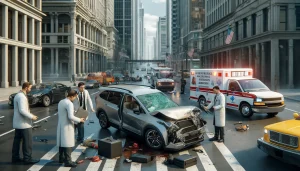
The Role of Traffic Signals and Right-of-Way Rules
Traffic signals and right-of-way laws play a major role in determining fault in pedestrian
accidents. If a pedestrian is hit while crossing at a designated crosswalk with the signal, the driver is almost always found at fault. Conversely, if the pedestrian crossed against the signal, the liability may shift or be shared between the pedestrian and driver. This is where legal support becomes invaluable in assessing and proving fault.
The Complexity of Laws Related to Pedestrian Crossings
Pedestrian crossing laws vary widely by state and locality, which can significantly complicate auto-pedestrian accident cases. For example, some states have strict “right of way” laws that place a higher burden of responsibility on drivers, while others may employ a comparative fault system, where both driver and pedestrian share some liability. Because of these complexities, it is crucial to consult with a
personal injury lawyer who specializes in pedestrian accidents to navigate these legal nuances effectively.
Differences in Pedestrian Laws by Jurisdiction
Understanding the specific pedestrian laws in your jurisdiction is vital for building a strong case. An experienced attorney can help clarify how local regulations impact your claim, ensuring that you take the right legal steps to protect your rights and maximize your compensation.
Determining Liability in Pedestrian Accidents
Establishing Fault: Driver, Pedestrian, or Both?
Determining liability in pedestrian accidents is not always straightforward. In many cases, it requires a thorough investigation, which might include reviewing traffic footage, analyzing the accident scene, interviewing witnesses, and consulting with experts in traffic safety. Both the driver and the pedestrian may share some responsibility, depending on the specific circumstances of the incident.
Key Factors That Affect Liability Determination
Several factors play a crucial role in determining liability in auto-pedestrian accidents. These include:
- Traffic Signals: Was the pedestrian crossing with the signal?
- Speed of the Vehicle: Was the driver speeding or driving recklessly?
- Visibility and Conditions: Was the pedestrian visible, and were the road conditions favorable?
- Distractions: Was the driver using a phone, or was the pedestrian distracted by electronic devices?
Understanding Comparative Negligence in Pedestrian Accidents
Many states use a system called comparative negligence, where liability can be shared between the driver and pedestrian. Under this system, a pedestrian who is partially at fault for an
accident might still receive compensation, but it will be reduced by their percentage of fault. For example, if a pedestrian is found to be 30% at fault, their compensation will be reduced by 30%.
Legal Rights of Pedestrians Involved in an Accident
What Legal Rights Do Pedestrians Have?
Pedestrians who are hit by a vehicle generally have the right to pursue compensation for their injuries. This can include medical expenses, lost wages, pain and suffering, and other damages. Understanding these rights is crucial for ensuring that victims are not taken advantage of by insurance companies, who may try to downplay the extent of injuries or shift blame to reduce their liability.
Filing a Personal Injury Claim: A Step-by-Step Guide
Filing a
personal injury claim after a pedestrian accident involves several critical steps:
- Gather Evidence: Collect photos of the accident scene, medical records, witness statements, and police reports.
- Establish Fault: Work with an attorney to demonstrate that the driver was at fault.
- Document Injuries: Obtain comprehensive medical records to show the extent of your injuries and the impact on your daily life.
- File the Claim: Submit a personal injury claim to the driver’s insurance company, including all supporting documentation.
Compensation for Medical Bills and Lost Wages
Pedestrian
accidents often result in significant medical bills, especially in severe cases that require long-term care. Victims may be entitled to recover these costs, as well as any lost wages due to missed work. Compensation may also cover future medical expenses and the long-term impact of injuries on the victim’s ability to work.
Legal Steps to Take After a Pedestrian Accident: A Comprehensive Guide
Being involved in a pedestrian accident can be a traumatic experience, and knowing what steps to take immediately after the incident is crucial to protecting your legal rights and securing the compensation you deserve. Below is a detailed guide on the appropriate actions to take, how to handle evidence, and the importance of legal support in these situations.
Immediate Actions to Protect Your Rights
If you’ve been hit at a pedestrian crossing, it’s essential to follow these steps to ensure your safety and preserve your right to pursue legal action:
- Call 911 and Report the Accident The first and most critical step is to call 911. Reporting the accident is important not only for obtaining immediate medical assistance but also for creating an official record of the incident. Make sure to stay on the scene until law enforcement arrives and provides further instructions.
- Seek Immediate Medical Attention Even if your injuries appear minor, it’s essential to get evaluated by a medical professional as soon as possible. Some injuries, such as internal bleeding or concussions, may not present symptoms right away but can have long-term consequences. Medical records serve as crucial evidence for your claim, demonstrating the extent of your injuries and linking them directly to the accident.
- Collect Evidence at the Scene If you are physically able, gather as much evidence as possible at the scene. This includes taking photos and videos of the accident site, the vehicle involved, your injuries, and any skid marks or traffic signs in the area. Don’t forget to collect the contact information of the driver and any witnesses present. These details can play a pivotal role in establishing liability.
- Document Your Injuries and Keep a Record of Medical Treatment Start a journal documenting your injuries, pain levels, and any limitations on your daily activities. Keep track of all medical appointments, prescribed treatments, medications, and therapy sessions. This documentation will help paint a comprehensive picture of how the accident has impacted your life.
- Avoid Speaking with Insurance Adjusters Without Legal Counsel Insurance adjusters may contact you shortly after the accident to discuss your injuries or offer a quick settlement. Avoid making any statements or signing any documents until you have consulted with a personal injury lawyer. Insurance companies may use your statements to minimize your compensation or dispute your claim.
Collecting Evidence at the Scene
Gathering evidence immediately after the
accident is vital to building a strong case. Photos, videos, and witness statements can help establish what happened and who is at fault. Some key evidence to collect includes:
- Photos and Videos: Capture images of the vehicle, the area surrounding the accident, traffic signals, and any visible injuries. Videos can provide additional context, such as the driver’s behavior after the accident.
- Witness Information: Ask witnesses for their names, phone numbers, and email addresses. Their statements can corroborate your version of events.
- Driver Information: Obtain the driver’s name, contact details, license plate number, and insurance information.
Having this information will assist your lawyer in reconstructing the
accident and identifying any factors that contributed to the collision.
Always report the accident to the police, even if the driver attempts to convince you otherwise. A police report serves as an impartial and official record of the incident. It includes crucial details such as the time and location of the accident, the parties involved, and the officer’s observations. This document will be a valuable piece of evidence when filing a
personal injury claim.
Working with a Personal Injury Lawyer: Why It’s Essential
Navigating the aftermath of a pedestrian accident can be overwhelming, especially when dealing with serious injuries and uncooperative insurance companies. An experienced personal injury lawyer can provide critical support in the following ways:
- Gathering and Preserving Evidence Lawyers can access resources that may not be readily available to you, such as surveillance footage from nearby cameras, traffic signal data, and accident reconstruction experts. They can also subpoena phone records if distracted driving is suspected.
- Handling Communication with Insurance Companies Insurance companies often try to minimize their payouts by shifting blame or downplaying injuries. Your lawyer will handle all negotiations, ensuring that your interests are represented and that you receive a fair settlement.
- Strengthening Your Case Personal injury lawyers can build a compelling case by consulting with medical experts, interviewing witnesses, and compiling comprehensive evidence to demonstrate the extent of your damages.
- Filing the Necessary Legal Documents From filing the initial personal injury claim to managing court paperwork, your lawyer will ensure that all deadlines are met and documents are correctly filed, reducing the risk of procedural errors that could harm your case.
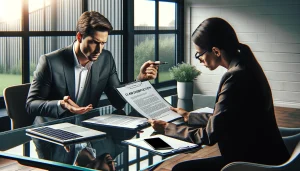
Understanding Contingency Fees
Most
personal injury lawyers work on a contingency fee basis, meaning they only get paid if you win your case. This arrangement makes legal support accessible to everyone, regardless of their financial situation. If your lawyer secures a settlement or favorable judgment, they will take a predetermined percentage of the compensation, typically between 25% and 40%.
Types of Compensation Available
Victims of pedestrian
accidents may be eligible for various forms of compensation, depending on the circumstances of the case. Understanding the different categories of compensation can help ensure that you receive the full amount to which you are entitled.
- Medical Expenses and Rehabilitation Costs Compensation should cover immediate medical bills, such as emergency room visits, surgeries, and hospital stays, as well as long-term costs like physical therapy, rehabilitation, and future medical care.
- Lost Wages and Loss of Earning Capacity If your injuries prevent you from working, you can seek compensation for lost wages during your recovery period. In cases of permanent disability, you may also claim for the loss of future earning capacity.
- Pain and Suffering Damages Pain and suffering damages account for the physical and emotional distress endured due to the accident. This type of compensation aims to address the impact of the accident on your quality of life, including chronic pain, anxiety, and depression.
- Loss of Enjoyment of Life If your injuries prevent you from engaging in activities you once enjoyed—such as sports, hobbies, or spending time with family—you may be entitled to compensation for the loss of enjoyment of life.
- Emotional Distress and Mental Anguish Severe accidents can lead to lasting psychological impacts, such as post-traumatic stress disorder (PTSD), anxiety, and sleep disorders. Compensation can include therapy and counseling expenses to help address these issues.
Conclusion
Pedestrian
accidents are often complex, involving multiple factors and serious injuries. Taking immediate action to gather evidence, report the incident, and seek legal support can significantly affect the outcome of your case. By working with a skilled
personal injury lawyer, victims can navigate the legal process more effectively, secure the compensation they deserve, and begin the journey toward physical and emotional recovery.
Look for an attorney who has the right legal resources for your legal needs.
Contact us here on the
Warmuth Law website or through our hotline 888-517-9888.
Frequently Asked Questions (FAQ's)
1. What Should I Do Immediately After Being Hit at a Pedestrian Crossing?
Call 911, gather evidence, and seek medical attention.
2. Can I Sue the Driver Even If I Was Partially at Fault?
Yes, in some states, you can still sue even if you share fault, but your compensation may be reduced.
3. How Much Time Do I Have to File a Personal Injury Claim?
The statute of limitations varies by state, but it’s usually between 1-3 years.
4. What Kind of Compensation Can I Expect?
Compensation may include medical bills, lost wages, and pain and suffering.
5. How Can a Lawyer Help in Complex Pedestrian Accident Cases?
A lawyer can gather evidence, establish fault, and negotiate with insurance companies to maximize your compensation.




